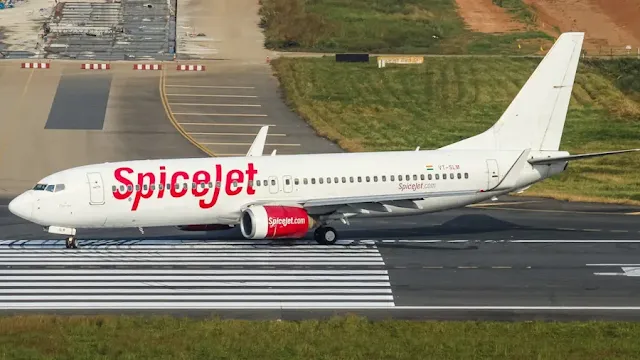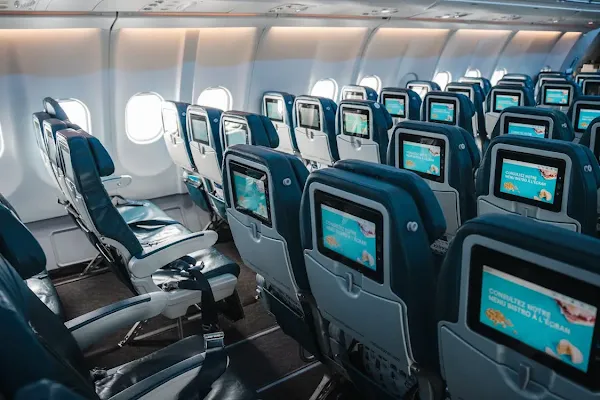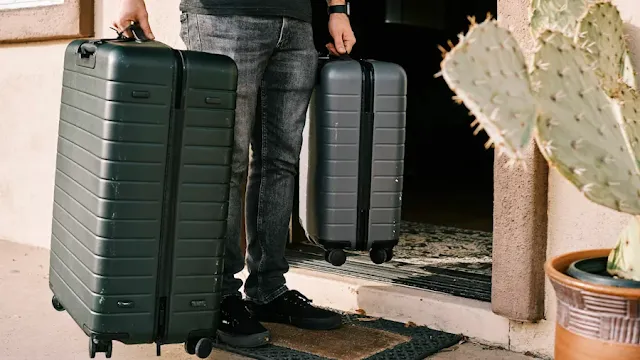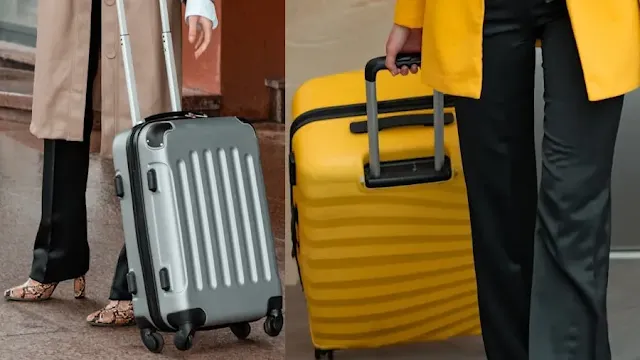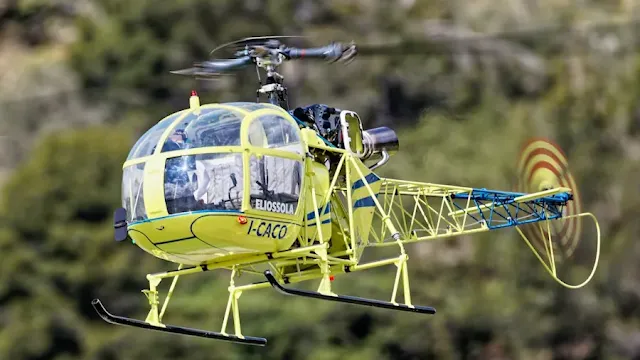Table of Contents
Navigating baggage rules in India can make or break your travel experience, whether you’re exploring the vibrant streets of Mumbai or landing in Delhi for a cultural adventure. On my first trip to India in 2022, I nearly faced excess baggage fees at Chennai Airport because I misjudged Air India’s carry-on rules. This guide demystifies India’s baggage regulations for domestic and international flights, covering airline policies, customs rules, and practical tips to ensure a hassle-free journey. For official updates, check the DGCA Passenger FAQ.
Airline Baggage Policies in India
Baggage allowances in India vary by airline, flight type (domestic or international), and travel class, governed by the Directorate General of Civil Aviation (DGCA). Here’s a breakdown:
Domestic Flights
Most Indian airlines, such as Air India and IndiGo, allow 15 kg of checked baggage and 7 kg of hand luggage for economy class on domestic flights. Some airlines, like Vistara, may offer up to 25 kg for specific routes or classes. Always verify with your airline, as policies differ.
International Flights
International flights typically offer higher allowances: 20–30 kg for checked baggage (often two pieces) and 7–10 kg for carry-on, depending on the airline and class. For example, Air India’s 2pc baggage allowance for economy class to/from the USA is two bags, each up to 23 kg, as detailed on their baggage guidelines.
Checked Baggage Allowance
- Economy Class: 15–25 kg (domestic), 20–30 kg or two pieces up to 23 kg each (international).
- Business Class: 30–40 kg, often two pieces up to 32 kg each for international flights.
- First Class: Up to 50 kg or two pieces up to 32 kg each on select routes.
Check specific airline policies, as routes and alliances (e.g., Star Alliance for Air India) may affect allowances Wikipedia: Airline Alliances.
Carry-On Baggage
Domestic flights allow one carry-on bag up to 7 kg, with dimensions not exceeding 115 cm (length + width + height). International flights may allow 7–10 kg. Additionally, passengers can carry a laptop bag, purse, or small backpack fitting under the seat. For specifics, see Delhi Airport Arrival Guide.
Prohibited Items
- Explosives, firearms, and flammable substances (both checked and carry-on).
- Sharp objects like knives or scissors in carry-on luggage.
- Liquids, gels, and aerosols in carry-on must be in 100 ml containers, packed in a clear, resealable plastic bag (1 liter total).
Refer to BCAA Restricted Items for a complete list.
Special Baggage
Sports equipment, musical instruments, or medical devices may incur additional fees or require pre-approval. Contact your airline, such as SpiceJet, in advance.
Excess Baggage Fees
Exceeding allowances incurs fees, often INR 500–600 per kg for domestic flights and higher for international routes. Check rates on airline websites to avoid surprises.
Customs Regulations for Baggage
Upon arrival in India, customs regulations apply, enforced by the Central Board of Indirect Taxes and Customs (CBIC). Key points include:
Duty-Free Allowances
Travelers can bring duty-free items like personal effects, electronics up to INR 50,000, and 2 liters of alcohol (for those 19+). Verify limits via CBIC Passenger Facilities.
Prohibited and Restricted Items
Prohibited items include narcotics, firearms, and counterfeit currency. Gold and silver (beyond personal jewelry) face strict regulations Wikipedia: Indian Customs Service.
Declaration of Goods
Declare items exceeding duty-free limits on a Customs Declaration Form. Non-compliance risks fines or confiscation. See Delhi Airport Customs Guide.
Tips for Smooth Travel
- Check Airline Policies: Review baggage rules on airline websites, especially for multi-carrier itineraries.
- Weigh Luggage: Use a scale to avoid excess fees, redistributing weight if needed.
- Pack Smart: Keep valuables, documents, and medications in carry-on. Adhere to liquid restrictions.
- Know Customs Rules: Study duty-free and prohibited item rules to breeze through customs.
Understanding India’s baggage rules ensures a seamless travel experience, letting you focus on exploring destinations like the Taj Mahal or Varanasi’s ghats. For more insights, check Baggage Rules.
Frequently Asked Questions
What is the new baggage rule in India?
As of 2025, domestic flights typically allow 15 kg checked and 7 kg carry-on for economy class, but airlines like IndiGo may offer up to 25 kg on select routes. International rules vary, often allowing two pieces up to 23 kg each DGCA.
What is 2pc baggage allowance in Air India?
Air India’s 2pc allowance for international flights (e.g., to/from the USA) allows two checked bags, each up to 23 kg for economy, 32 kg for business/first class Air India.
Can I carry two bags in check-in in India?
Yes, for international flights, most airlines allow two checked bags (e.g., Air India’s 2pc rule). Domestic flights typically limit to one bag (15–25 kg), but check airline policies.
What are the new luggage rules?
New rules align with DGCA guidelines: 15–25 kg checked for domestic, 20–30 kg or two pieces for international. Carry-on remains 7–10 kg, with strict liquid restrictions.
Can I bring a carry-on and a backpack?
Yes, most airlines allow one carry-on (7–10 kg, 115 cm total dimensions) plus a small personal item like a backpack or laptop bag that fits under the seat.
What are the baggage rules for flying?
Domestic: 15–25 kg checked, 7 kg carry-on. International: 20–30 kg or two pieces, 7–10 kg carry-on. Prohibited items include explosives and liquids over 100 ml in carry-on CBIC.
Can You Check Bags to Your Final Destination on a Multi-City Flight?
Importing Pets to India: Costs, Regulations, and Guidelines
What If My Carry-On Bag Is Slightly Bigger? Rules and Tips
Traveling to India with Precious Stones: Rules, Tips & Indian Customs Guide
Travel Documents for India Flights
Airport Security in India: 10 Items You Must Remove to Avoid Delays
